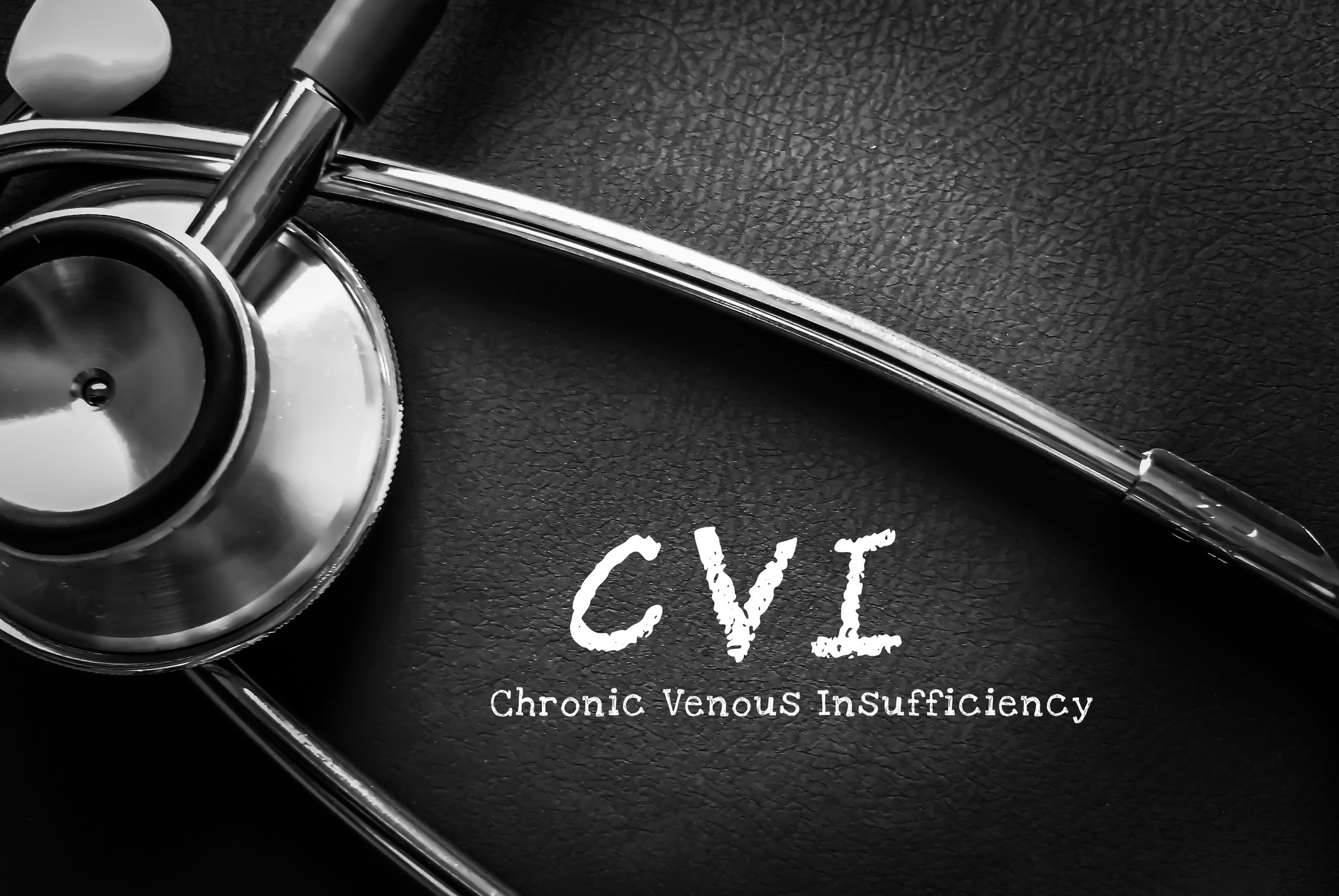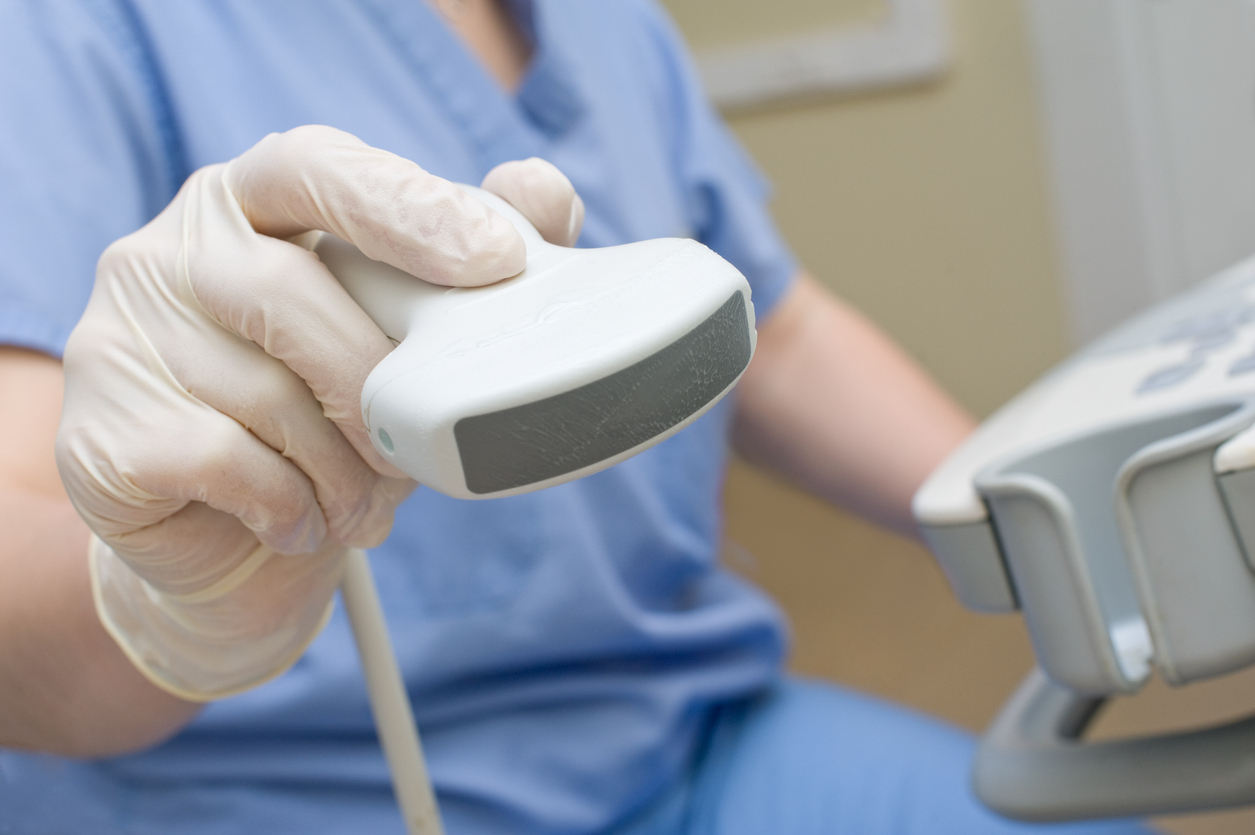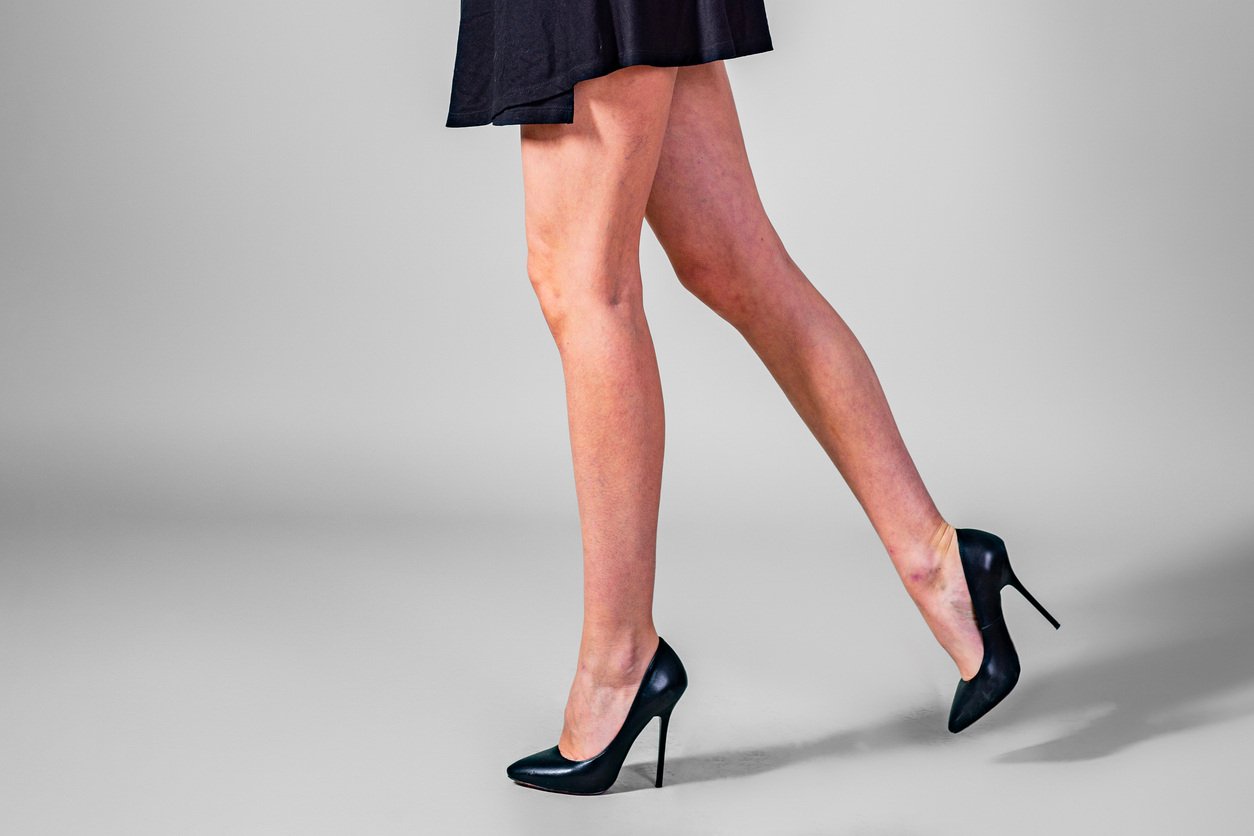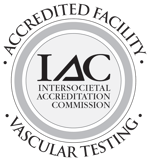Sclerotherapy remains one of the most effective treatments for spider and small varicose veins, helping patients achieve clearer, healthier-looking legs with minimal to no downtime. While many people are familiar with what happens during a sclerotherapy session, one of the most common questions patients ask is: “How[…]
Understanding Your Options: Varithena, Sclerotherapy, Ablation Chronic Venous Insufficiency (CVI) is a progressive condition in which the veins in your legs cannot efficiently return blood to the heart, leading to pooling, pressure buildup, and often visible or uncomfortable symptoms. It’s estimated that up to 40% of[…]
Each May, National Stroke Awareness Month calls attention to a sobering reality: strokes are one of the leading causes of death and long-term disability in the United States. While many associate strokes with sudden symptoms like slurred speech or facial drooping, what often goes unnoticed is the silent and[…]
Pregnancy is an exciting journey, but it also brings changes that can affect vein health. Increased blood volume, hormonal shifts, and the pressure of a growing uterus can lead to varicose veins, spider veins, deep vein thrombosis (DVT), and pelvic congestion syndrome (PCS). While some of these issues may resolve[…]
Sclerotherapy is a popular and effective treatment for varicose and spider veins, offering patients a way to achieve smoother, clearer skin. However, as with any medical procedure, it's important to set realistic expectations for the healing process.
Abdominal Aortic Aneurysm (AAA) is a serious condition that occurs when the lower part of the aorta, the major blood vessel supplying blood to the body, becomes enlarged and can potentially rupture. This can lead to life-threatening bleeding.













.jpg?width=944&name=Castle-Connolly-Top-Doctors-Emblem-Large%20(4).jpg)